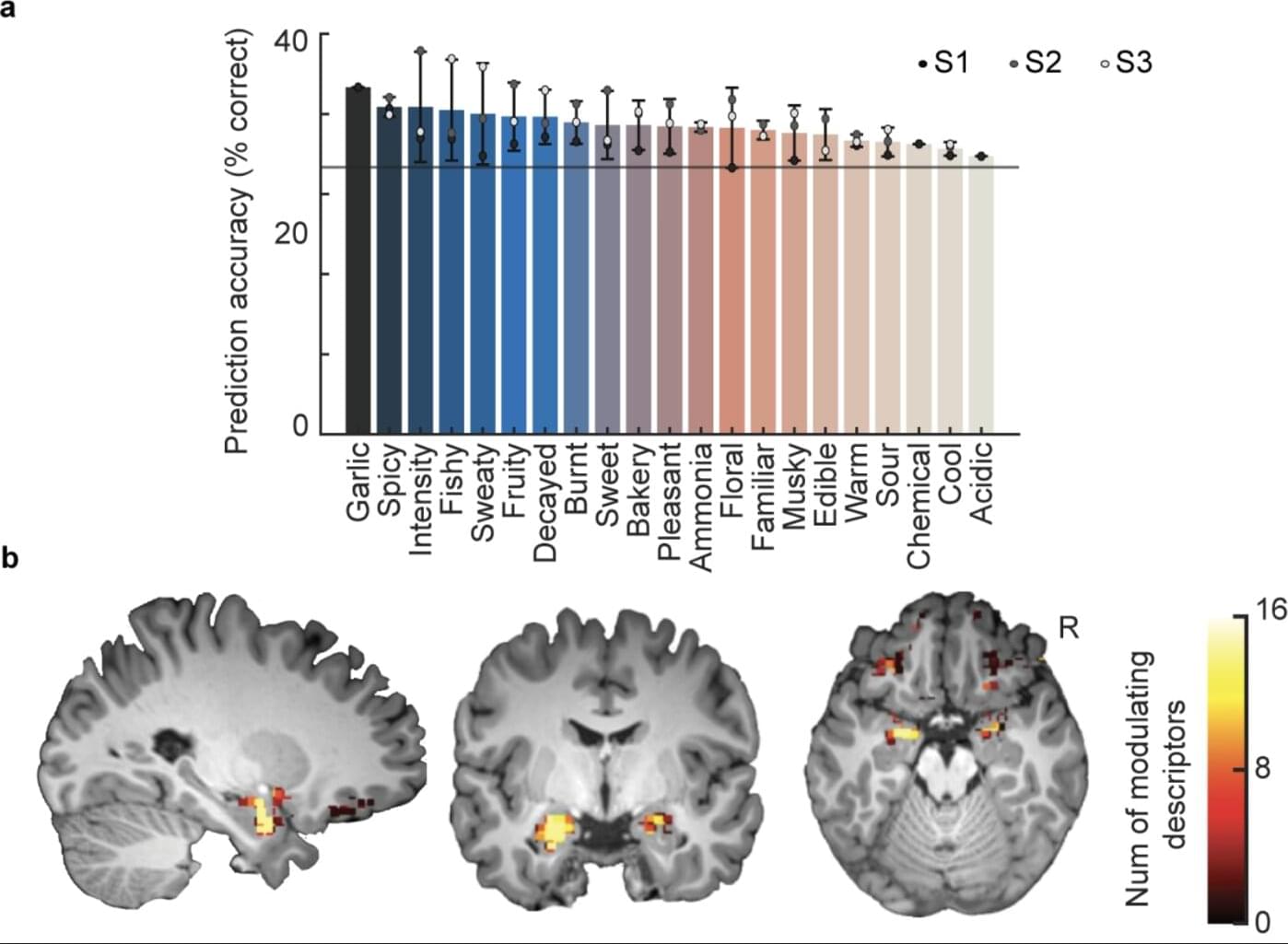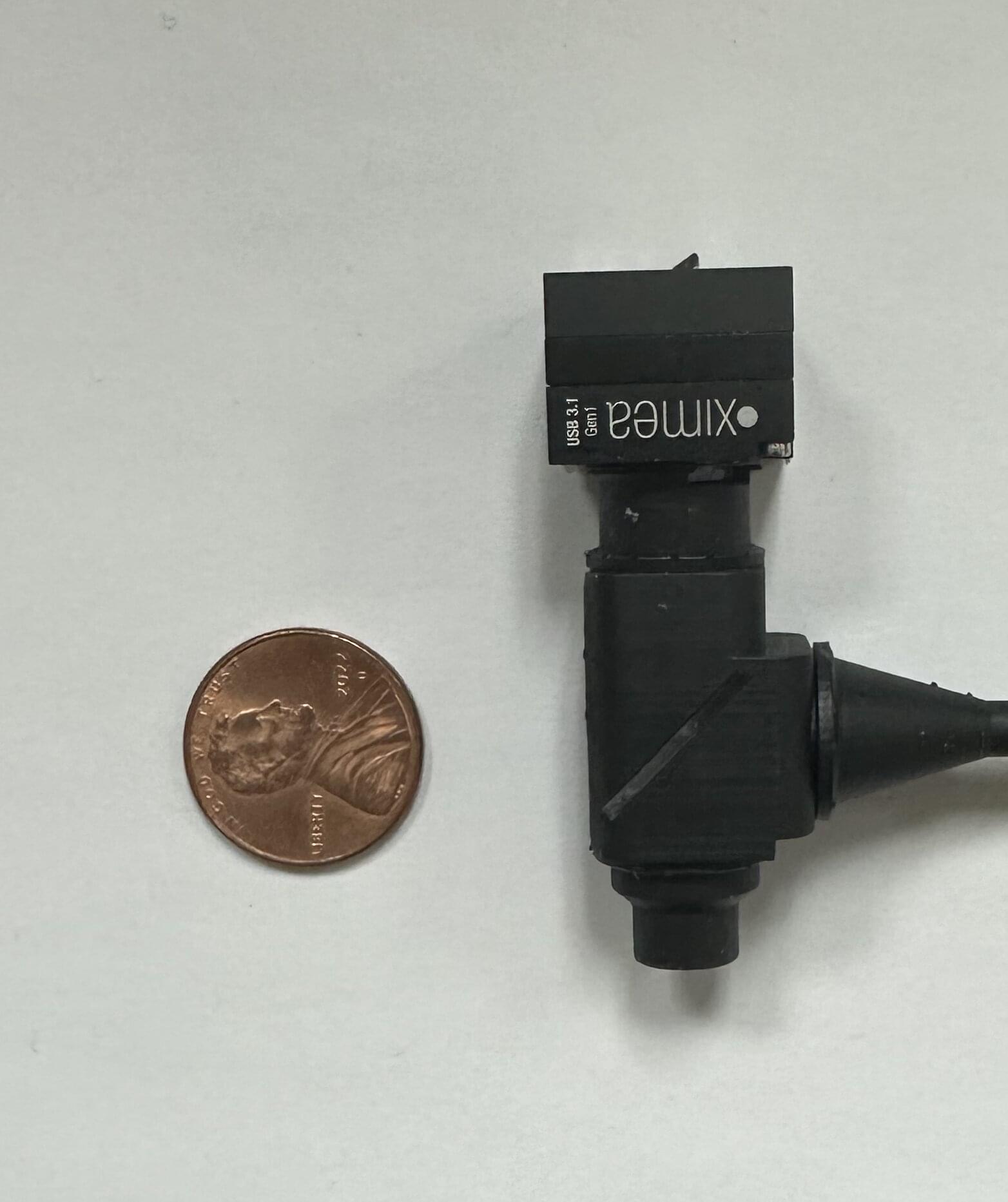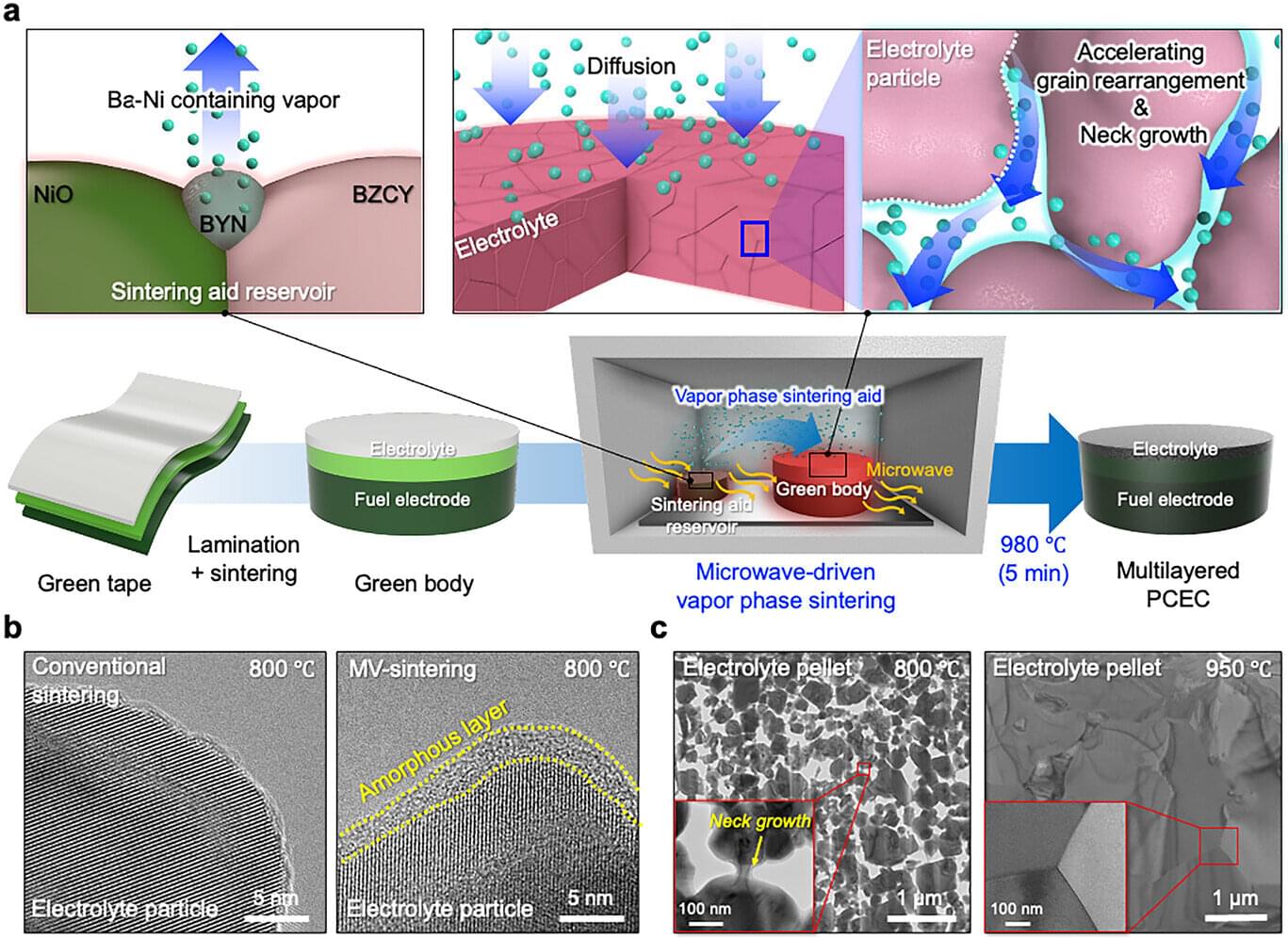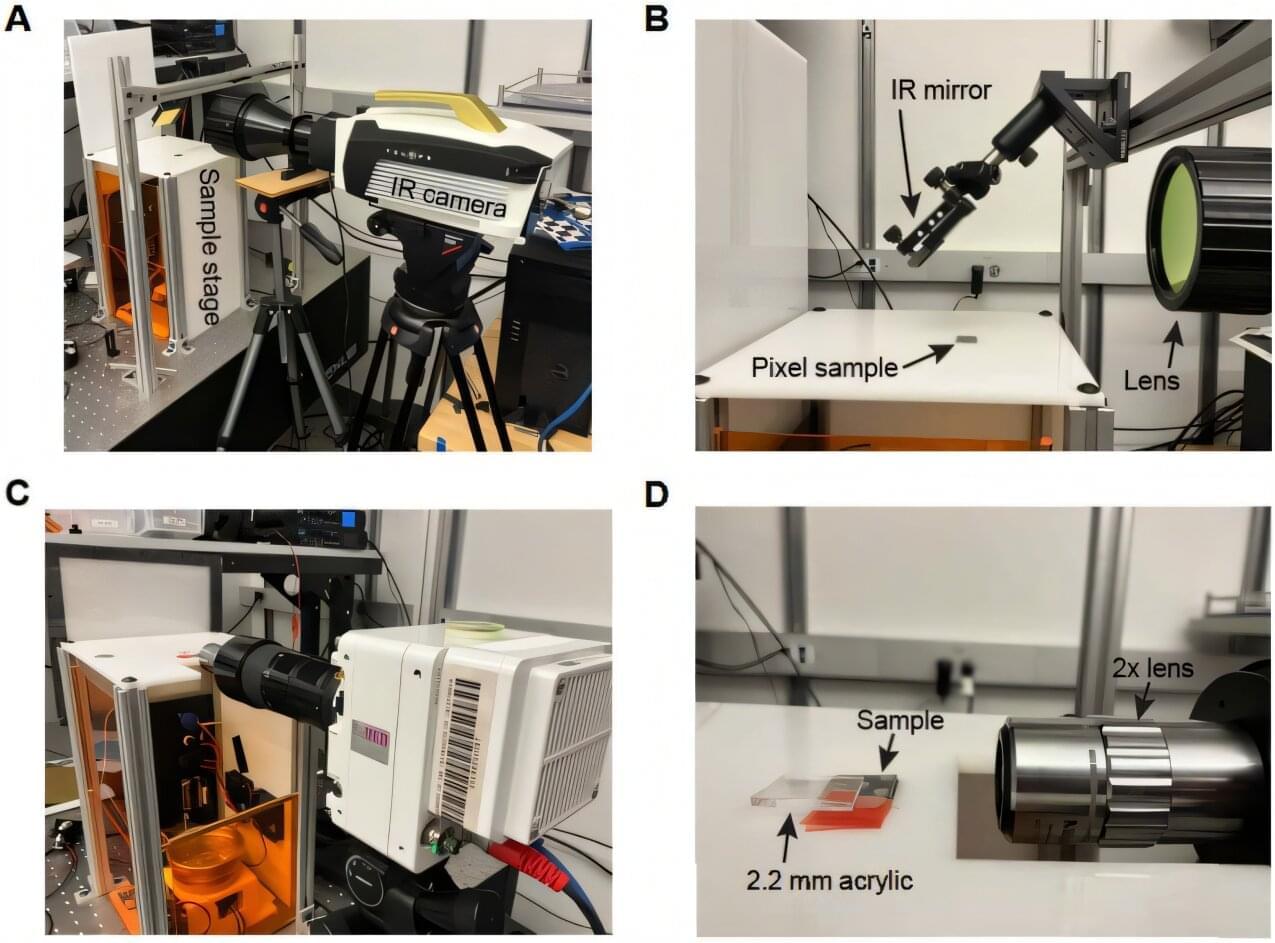A team from the Faculty of Physics and the Center for Quantum Optica l Technologies at the Center of New Technologies, University of Warsaw has developed a new method for measuring elusive terahertz signals using a “quantum antenna.”
The authors of the work utilized a novel setup for radio wave detection with Rydberg atoms to not only detect but also precisely calibrate a so-called frequency comb in the terahertz band. This band was until recently a white spot in the electromagnetic spectrum, and the solution described in the journal Optica paves the way for ultrasensitive spectroscopy and a new generation of quantum sensors operating at room temperature.
Terahertz (THz) radiation, being part of the electromagnetic spectrum, lies at the boundary of electronics and optics, positioned between microwaves (used, for example, in Wi-Fi) and infrared.









